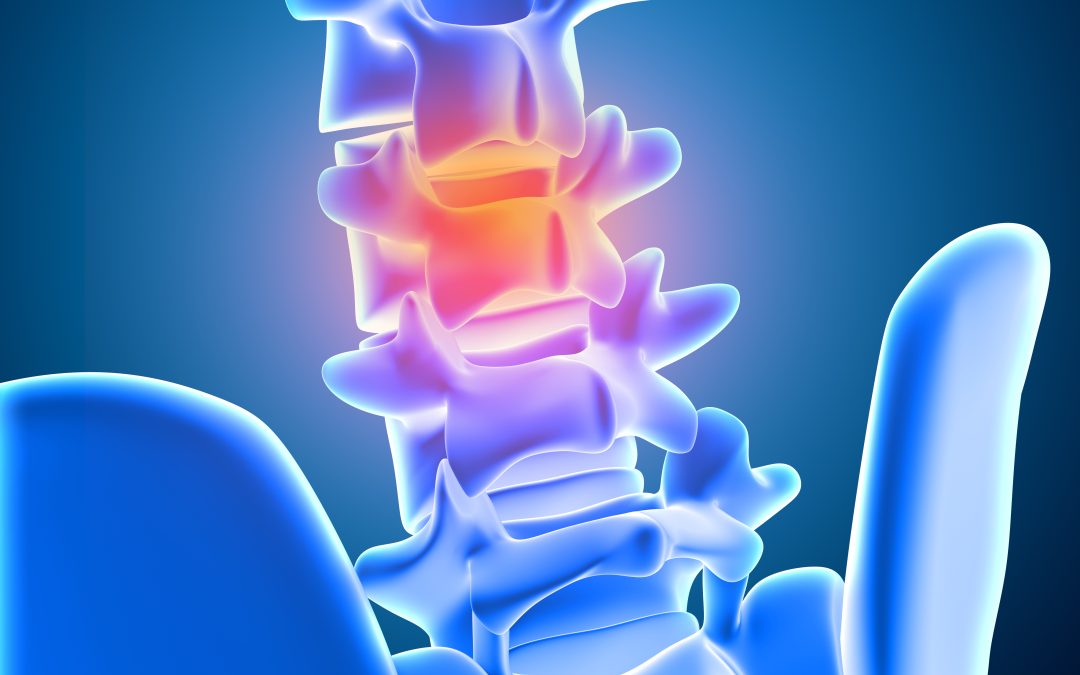Contents
Avoid Doing These 9 Exercises if You Have Spinal Stenosis
Living with spinal stenosis doesn’t mean you need to stop moving—far from it. In fact, regular physical activity can help maintain flexibility, strength, and spinal support. But not all exercises are created equal. If you’re experiencing symptoms of spinal stenosis, some movements can worsen your discomfort or even trigger new symptoms. Understanding which exercises to avoid—and which can be helpful, like pedaling—is essential to managing your condition safely.
What is Spinal Stenosis?
Spinal stenosis is a condition where the spaces within your spine narrow, placing pressure on the nerves that travel through it. This narrowing is often caused by age-related degeneration such as disc thinning or bone spurs, which can lead to pain, numbness, tingling, or weakness in the back, arms, or legs.
According to the National Institute of Neurological Disorders and Stroke (NINDS), spinal stenosis most commonly affects adults over age 50. While some people with spinal stenosis never develop symptoms, others may experience significant mobility issues and discomfort—especially during physical activity.
Why Some Exercises Can Make Spinal Stenosis Worse
Activities that involve heavy spinal flexion, high-impact motions, or repetitive twisting can aggravate symptoms of spinal stenosis. This includes exercises that place excessive load on the spine or compress the spinal canal further. If you live in the Rochester, NY area, a physical therapist at one of Lattimore Physical Therapy’s clinics can help you pinpoint specific movements to avoid based on your type of stenosis—cervical (neck) or lumbar (lower back).
Here are nine exercises that are generally not recommended for people with spinal stenosis:
- Running or jogging – These jarring movements can worsen nerve compression.
- High-impact aerobics – Jumping and bouncing activities increase spinal strain.
- Repetitive twisting sports – Tennis, bowling, or golf may aggravate lumbar stenosis.
- Deadlifts – Lifting heavy weights while bending forward puts pressure on the spine.
- Back extensions – These hyperextend the spine, potentially compressing nerves.
- Toe touches – Forward flexion can stress the spinal discs.
- Spinal flexion stretches – Especially those that over-emphasize bending at the waist.
- Certain yoga poses – Inversions and extreme twists should be avoided.
- Long-distance walks or standing – These can fatigue the lower back and legs.
The good news is that avoiding these exercises doesn’t mean giving up fitness. With guidance from a licensed PT, you can find safer, spine-friendly options.
Pedaling and Other Low-Impact Alternatives
Low-impact cardio is a great option for spinal stenosis and pedaling on a stationary bike is one great way to stay active. Low-impact cardio for back pain, such as pedaling, helps improve cardiovascular endurance and lower body strength without the jarring impact that comes with walking or running. It can also help loosen tight hip flexors and hamstrings, both of which contribute to lower back strain.
Other low-impact beneficial spinal stenosis exercises include:
- Swimming or aquatic therapy – The buoyancy of water relieves spinal pressure.
- Walking short distances – Focus on flat surfaces and keep walks brief to avoid fatigue.
- Modified yoga or tai chi – Gentle movements enhance flexibility and balance.
- Strengthening exercises – Targeting the core and glutes improves spinal support.
Why Physical Therapy Is Essential for Spinal Stenosis Management
Although physical therapy isn’t considered a “home remedy,” it’s one of the most effective ways to manage spinal stenosis symptoms without surgery. A trained therapist can design a program that teaches you safe movement patterns, builds strength in key muscle groups, and improves posture and mobility—all of which help reduce pressure on the spine.
At Lattimore Physical Therapy, our network of 35 clinics across Rochester and surrounding areas—including Monroe, Ontario, Wayne, Livingston, and Penn Yan counties—offers expert care tailored to your specific condition. Our PTs will assess your spinal health and create a personalized plan that may include pedaling, stretching, and strengthening movements designed for long-term relief.
We offer a supportive, patient-centered environment that emphasizes individualized treatment, helping you feel empowered and confident in your ability to stay active—safely.
Schedule a PT Appointment Near Rochester, NY
If you’ve been diagnosed with spinal stenosis and are unsure how to exercise safely, let our expert team guide you. Contact us today to schedule an appointment and learn more about how physical therapy can reduce your pain and help you return to the activities you love.



